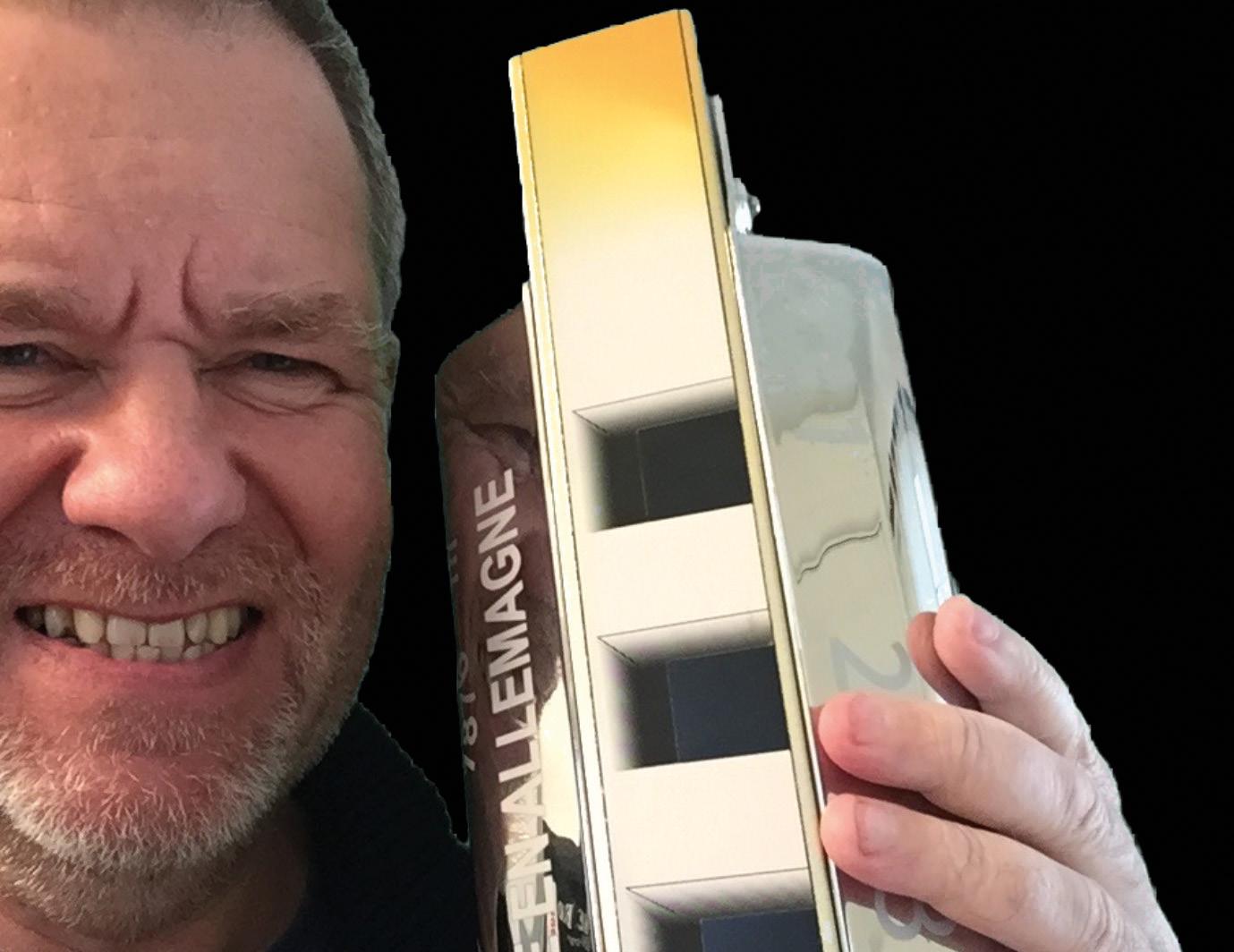
3 minute read
Ben Talks Harmonica
Did you know you can play reggae on the harmonica?
Nope? Neither did I. Until one night, when I was playing with a blues band in Kanchanaburi (the town that contains the famous ‘Bridge on the River Kwai’) in Thailand. After the strains of ‘The Thrill is Gone’ and the applause fade, the next song starts, and it’s Bob Marley’s ‘No Woman, No Cry’. Ah … hmm: Reggae. I’m not expecting that. Live in front of an audience. No rehearsals. I thought we were a blues band. BEN TALKS Ok. I’ve got this …what key, which position, which harmonica …what am I supposed to play? HARMONICA I know the song enough to sing the chorus but no more than that. Ben Hewlett Vice-President No idea about the structure, chords, lyrics, or soloing style required. I lean over to the bass player, “What should I play?” “Just get in the groove.” “Yes, but what do I actually play?” “Anything, just get in the groove.” So, this month, one of my three live classes on Zoom has been ‘Exploring Reggae’. The others are ‘Learning Whammer Jammer’ and ‘Basic Blues Level 1’. All details are at www.playharmonica.co.uk. I will be repeating these classes later in the year, so register on that site to get an alert and be in the loop if you fancy it. In the class, we start with rhythm and groove. Using chordal chugging to pulse on beats two and four is a great place to start. This works nicely - one ‘chucka’ three ‘chuck’. Next, we use a groove called ‘Sunshine Reggae’ on iReal Pro - that’s a free backing track program I’d recommend. (www.irealb.com/forums/showthread.php?15908-Sunshine-ReggaeLaid-Back) It has a bar of G (you need to change the song key to G), a bar of B minor, and two bars of E minor in a repeated pattern of sixteen bars. It’s a nice relaxed groove to chug along to using those chords. Using a C diatonic, we can easily play the G chord on holes 12&3. The B minor chord can be partially played using B and D on holes 3&4, and the E minor chord can be partially played using E and G on holes 2&3.
Advertisement
The next thing to explore is playing the root notes and adding a short flick to the neighbouring hole and back - up or down is all good depending on your taste. What about an improvising scale? G major pentatonic (GABDE) sounds good, as does the E minor pentatonic (EGABD). Why do they both sound good? The scales use the same notes. Where does reggae come from? My (simple) understanding is that it follows on from a long line of Caribbean folk music starting with mento, which became calypso and, in turn, ska, two-tone, rocksteady, and finally reggae. I don’t know what happened to form ska, but the music has been slowing down since then. I didn’t know about some of these forms, and I want to explore rocksteady a bit more - it sounds excellent to me. The songs we are working on right now are ‘No Woman, No Cry’ and ‘Redemption Song’. I can’t quite understand how with such simple chords - C, G, Am, F - Bob Marley has found such poignant and uplifting melodies. Those chords can all be played on a C harmonica (with Am and F being two-note chords). The melody is fairly simple to play, and improvising works well using a C major pentatonic in first position. How would it work using an F harmonica in second position? The exploration continues! All details are at www.playharmonica.co.uk.
I will be repeating these classes later in the year, so register on that site to get an alert and be in the loop if you fancy it.
LEARNING HARMONICA HAS NEVER BEEN EASIER
• Take a FREE ‘Suck it and See’ course. • Or Register FREE to get in the loop for
Ben’s Saturday Live classes. • Or try a FREE TRIAL no-contract membership.

LEARN WITH BEN HEWLITT www.playharmonica.co.uk










